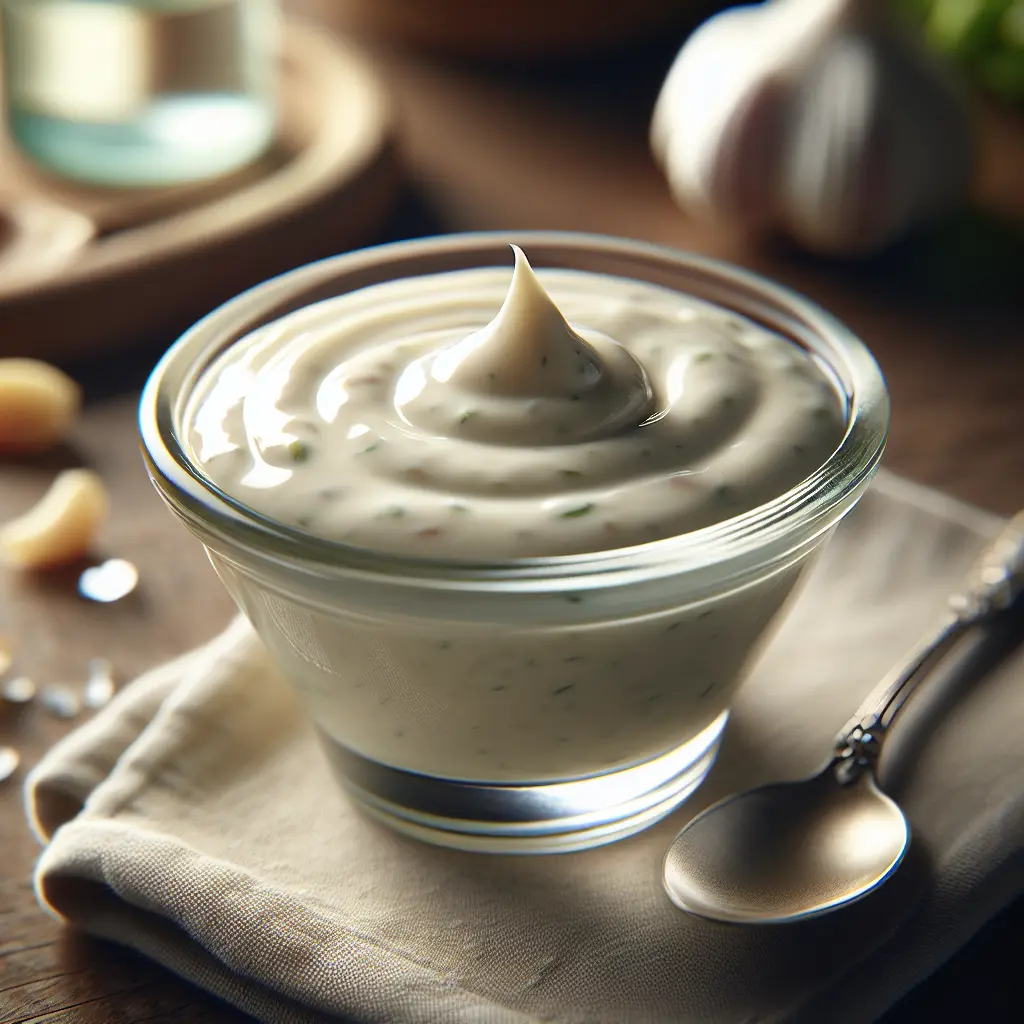The History and Evolution of Caesar Salad Dressing
Caesar salad dressing, a cornerstone of culinary tradition, traces its origins to the vibrant culinary scene of Tijuana, Mexico. In the 1920s, Italian immigrant Caesar Cardini, the proprietor of a small restaurant, is widely credited as the mastermind behind this delectable creation. The dressing was initially conceived as a quick and flavorful solution to cater to a large group of hungry patrons, and it quickly gained popularity among the restaurant's clientele.
Over the years, Caesar salad dressing has undergone culinary refinement and variations, with chefs and home cooks alike experimenting with different ingredients and flavor combinations. Today, it remains a beloved and versatile staple in kitchens worldwide, gracing salads, sandwiches, and even pasta dishes with its rich and creamy allure.
Ingredients and Nutritional Profile of Caesar Salad Dressing
The classic Caesar salad dressing is a harmonious blend of simple yet flavorful ingredients:
- Olive oil: Rich in monounsaturated fats, olive oil forms the base of the dressing, providing a smooth and velvety texture.
- Lemon juice: A squeeze of fresh lemon juice adds a bright and tangy zest, balancing the richness of the olive oil.
- Dijon mustard: Dijon mustard introduces a subtle piquancy and helps emulsify the dressing, ensuring a creamy consistency.
- Garlic: A minced clove of garlic infuses the dressing with its aromatic and slightly pungent notes.
- Parmesan cheese: Grated Parmesan cheese contributes a salty, nutty flavor and adds a creamy richness to the dressing.
- Worcestershire sauce: A dash of Worcestershire sauce adds a savory depth of flavor, enhancing the dressing's complexity.
- Eggs: Traditionally, raw egg yolks are used to emulsify the dressing and create a thick and creamy texture. However, due to concerns about consuming raw eggs, some recipes may substitute mayonnaise instead.
Caesar salad dressing is a calorie-conscious choice, with a single serving (2 tablespoons) containing approximately 163 calories. It provides a modest amount of protein (0.7 grams) and fat (17 grams), while being low in carbohydrates (1 gram) and sugar (0.8 grams).
Variations of Caesar Salad Dressing
The culinary world has embraced Caesar salad dressing with open arms, giving rise to a myriad of creative variations that cater to diverse palates and dietary preferences. Here are a few notable variations:
- Vegan Caesar Salad Dressing: To accommodate vegan diets, plant-based ingredients such as silken tofu, cashews, or nutritional yeast can be used to create a creamy and flavorful dressing that mimics the classic Caesar dressing.
- Greek Caesar Salad Dressing: This variation incorporates Greek yogurt, feta cheese, and oregano, infusing the dressing with a Mediterranean flair.
- Chipotle Caesar Salad Dressing: A smoky and spicy twist on the classic, chipotle Caesar salad dressing uses chipotle peppers in adobo sauce to add a touch of heat and depth of flavor.
- Creamy Caesar Salad Dressing: For those who prefer a richer and more decadent dressing, creamy Caesar salad dressing can be made by adding mayonnaise or sour cream to the classic recipe.
Caesar salad dressing is a versatile culinary masterpiece that has stood the test of time. Its creamy texture, tangy zest, and aromatic blend of herbs have captivated taste buds for decades. Whether you prefer the classic recipe or explore the many variations that exist, Caesar salad dressing is sure to elevate your culinary creations to new heights of flavor and delight.
How many calories are in Caesar Salad Dressing?
Each 1 serving of Caesar Salad Dressing contains 163 calories.
Caesar Salad Dressing Nutritional Information
| Nutrient | Amount per 1 serving (30g) |
|---|---|
| Calories | 163 Calories |
| Protein | 0.7g |
| Fat | 17g |
| Saturated Fat | 2.6g |
| Cholesterol | 0.012mg |
| Carbohydrates | 1g |
| Dietary Fiber | 0.2g |
| Sugar | 0.8g |
| Sodium | 0.363mg |
| Potassium | 0.0087mg |
| Calcium | 0.014mg |
| Iron | 0.0003mg |
